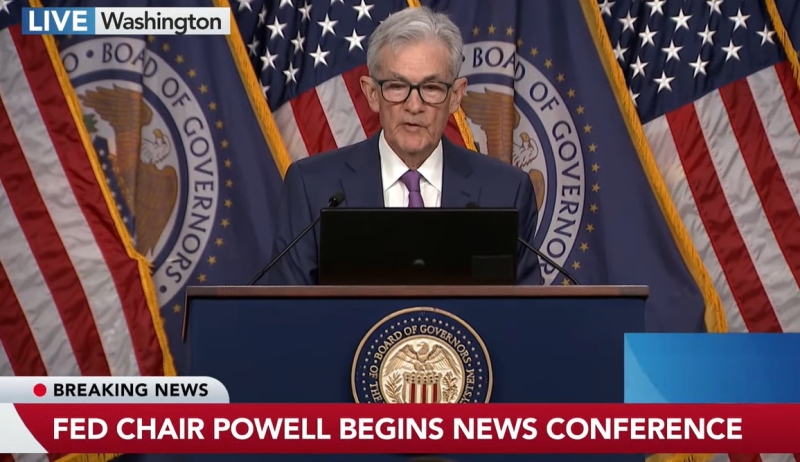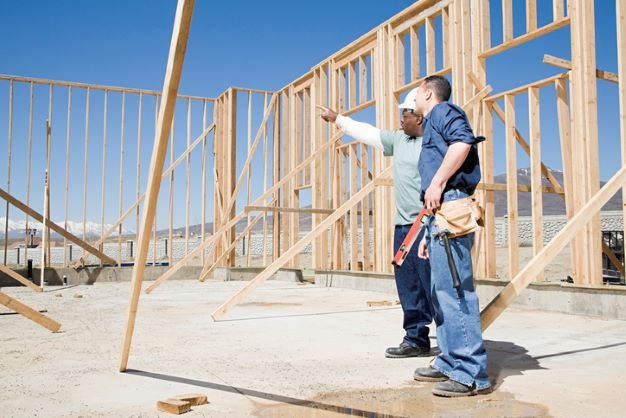
Fannie Mae Economists Forecast Slow But Steady Recovery in Mortgage Industry

Economists anticipate gradual restoration of balance, expect Federal Reserve rate cuts to commence in May 2024.
After three years of turbulence in the mortgage industry, economists at Fannie Mae anticipate that balance will be slowly restored, but at a much slower pace than other economists.
The Federal Reserve Board will meet to decide whether to increase the central bank rate and Fannie Mae’s Chief Economist Doug Duncan said its predictions have baked in four 25 basis point rate cuts in 2024, but they won’t start in March. Duncan said it will start in May.
He said following the Fed’s meeting in December 2023, Fannie Mae replaced its forecast with a “slow growth scenario.”
He said he would be surprised if the Fed comes out and says anything about its Mortgage Backed Security (MBS) holdings “because they haven’t conditioned the market for it.” He said they mentioned having “ample” reserves, but they haven’t specified what “ample” means.
“There’s been a number of attempts to try and quantify their portfolio, but there’s been no consensus,” Duncan said. “The way we characterize it is, the Fed is not a returns investor, they’re a policy investor. Their intent was to provide liquidity and lower costs for consumers through the acquisition of that portfolio.”
Asked how much that portfolio may have impacted the economy from a basis point and easing perspective, there was never a definitive answer. When it sold off its MBS in the Spring of 2022 and hiked interest rates, it changed the game in the secondary market and home sales plummeted from 6.12 million in 2021 to 5.03 million in 2022.
However, Duncan questioned whether that was a result of the portfolio or the increase in interest rates at that time.
“There are multiple channels that impact the mortgage rates,” Fannie Mae Deputy Economist Mark Palim said.
There’s the shape of the yield curve, the market’s view of what they’re going to do with Fed funds rate, and then there’s the actual direct impact on the MBS spread, according to Palim.
“All three of those are mechanisms that are impacting mortgage rates,” Palim said.
Duncan and Palim believe that mortgage rates will drop below 6% by the end of the year. As for housing prices, they will flatten out in 2025.
“It will revert to some historical average,” Palim added.
And while Duncan and Palim are not predicting a recession any longer, they say there are several lingering indicators in the economy that hint at a recession.
The inverted yield curve is the first thing everyone points to as the first sign of a recession, but Duncan said the leading index of economic indicators for a recession have been negative for 21 months. He said temporary employment always turns down prior to a recession and it has turned down. Credit card delinquencies are up and balances are high, another indication of a recession.
“When the Fed pivots the easing of financial conditions, we just haven't seen the correlation of forces that has brought on that recession,” Duncan said. “In the near term it’s hard to see how those factors come together.”
Economic uncertainty has accelerated due to world events, but what they see this year is “balance.” They purposefully chose that word because they don’t expect things to return to “normal.”
“We do not know what is going to be normal after all the policy, the health and the behavioral changes flow through the system to some new sort of relatively stable relationships,” Duncan said.
The share of total home sales is higher than it’s been in a decade and the share of new homes sold to first-time buyers is higher than in the past.
When mortgage rates exceeded 7% there was a pause in the MBS market, which is where most of the funding for housing comes from, Duncan said, because the fixed income investor didn't believe when the Fed eased that MBS would still be there because people would prepay and refinance.
Immediately lenders started offering 1 to 2% temporary buydowns to improve affordability and builders were offering permanent buydowns of 1 to 2% in mortgages because they recognized the shift in importance to first-time buyers.
“Those were things that you didn’t see in the past that demonstrate a rebalancing taking place,” Duncan said.




